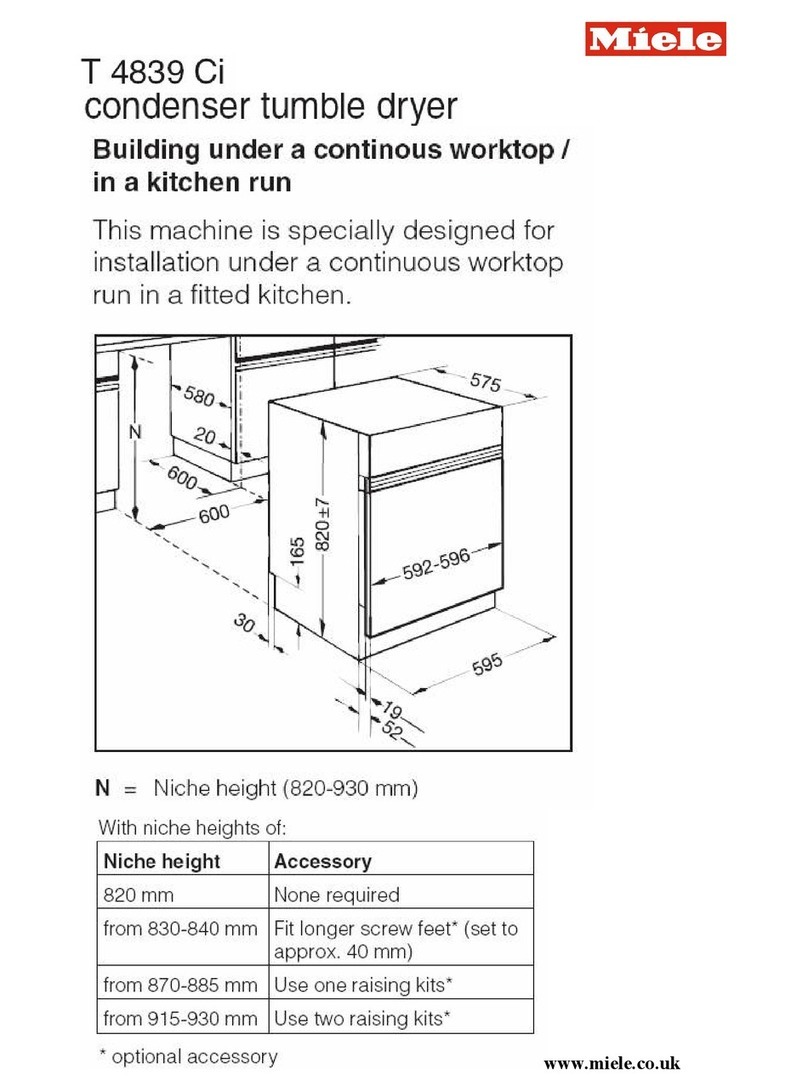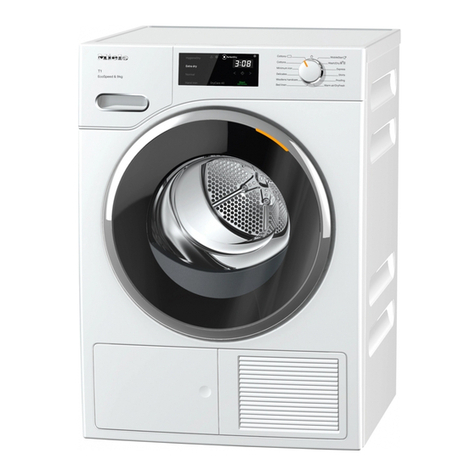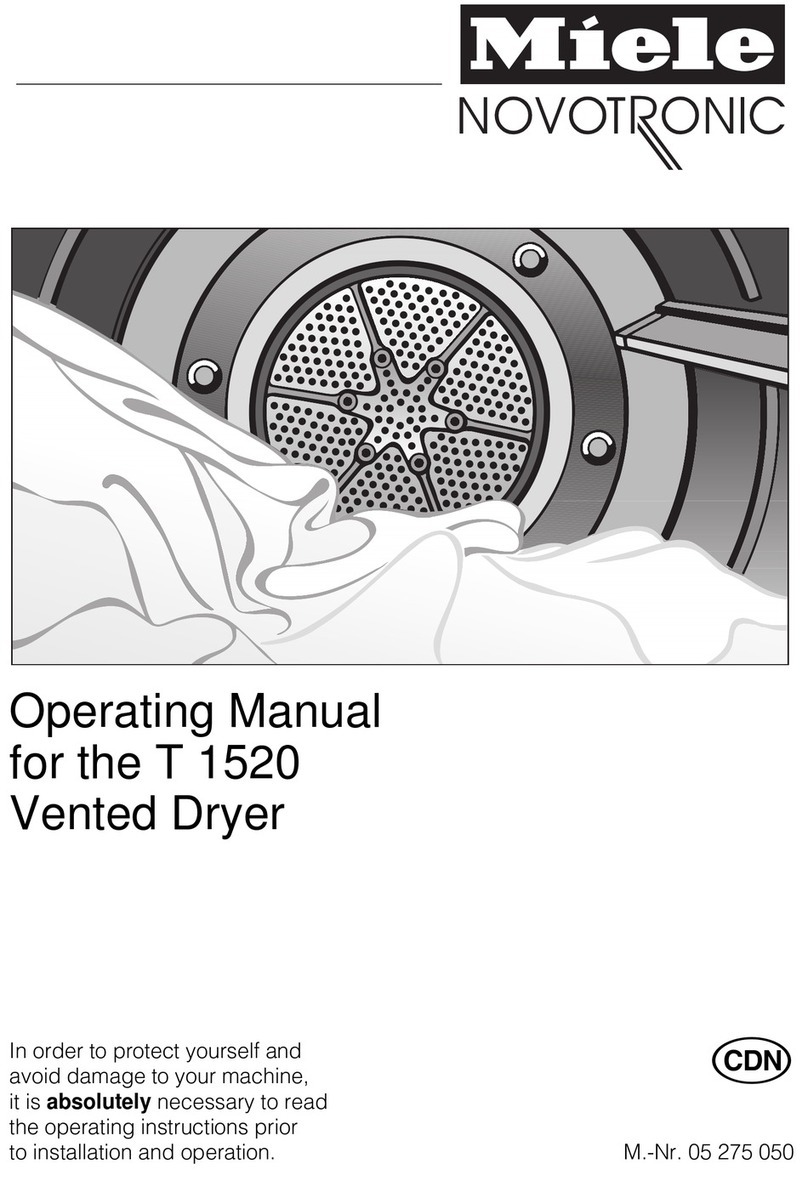Miele t 8302 User manual
Other Miele Dryer manuals

Miele
Miele TMB340 WP ECO User manual
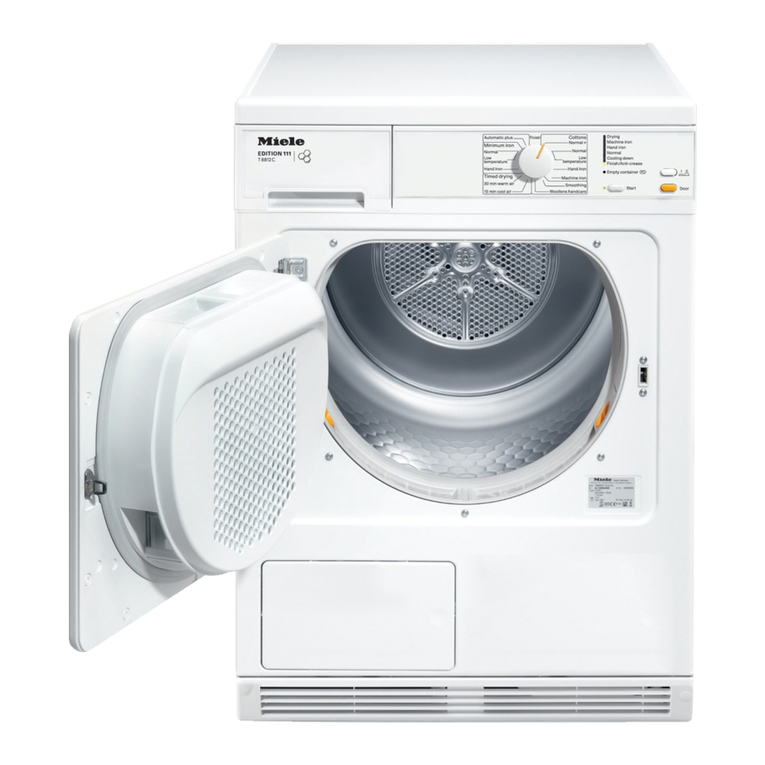
Miele
Miele T 8812 C User manual
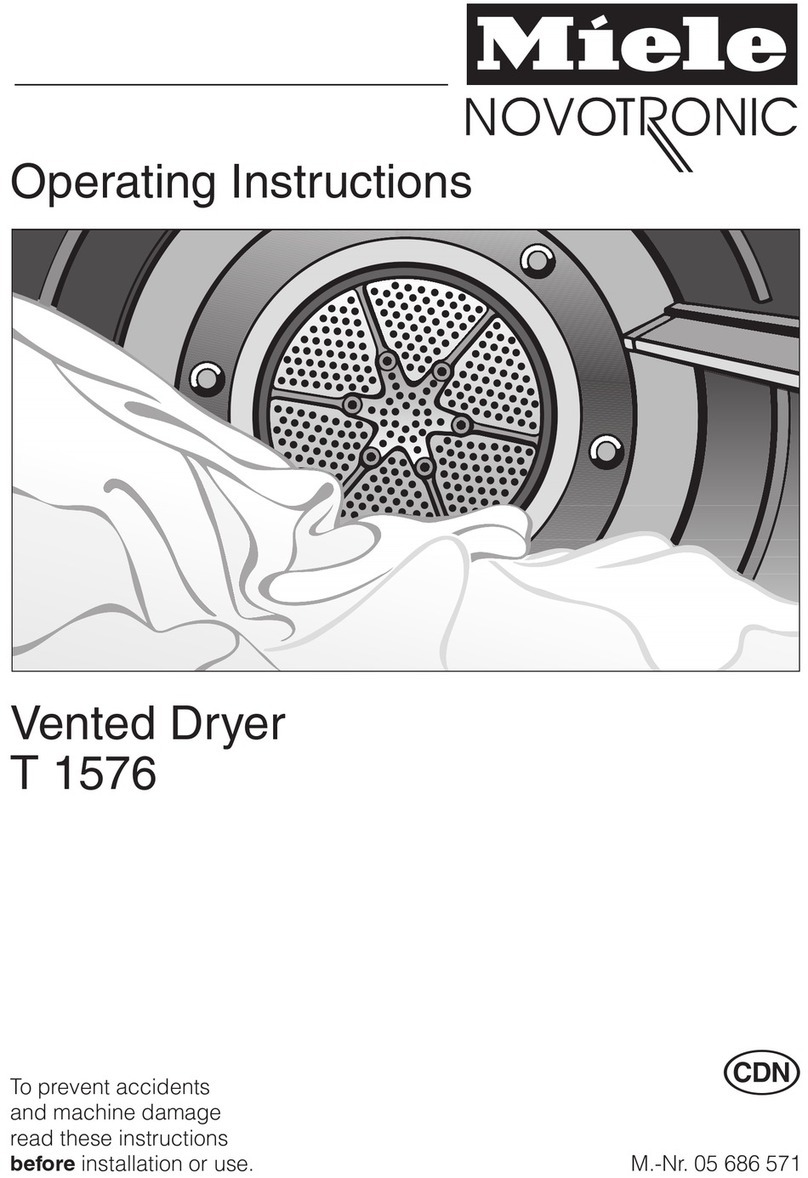
Miele
Miele T 1576 User manual
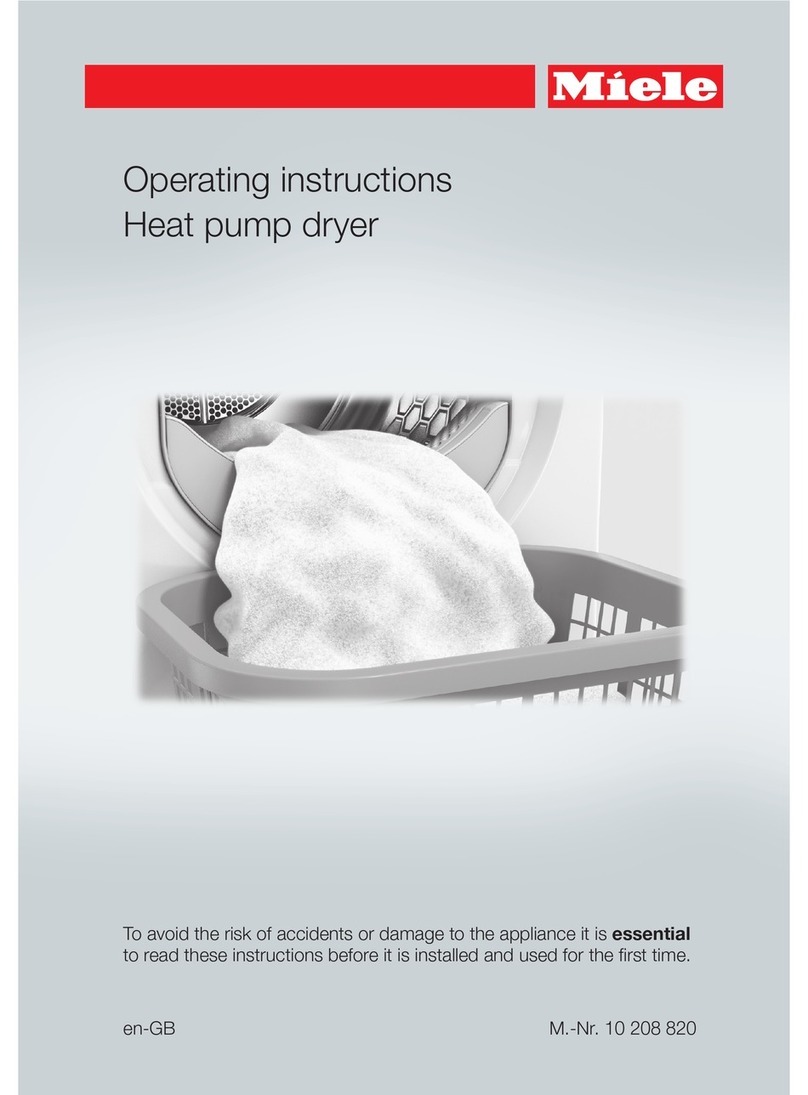
Miele
Miele TMB640 SERIES User manual
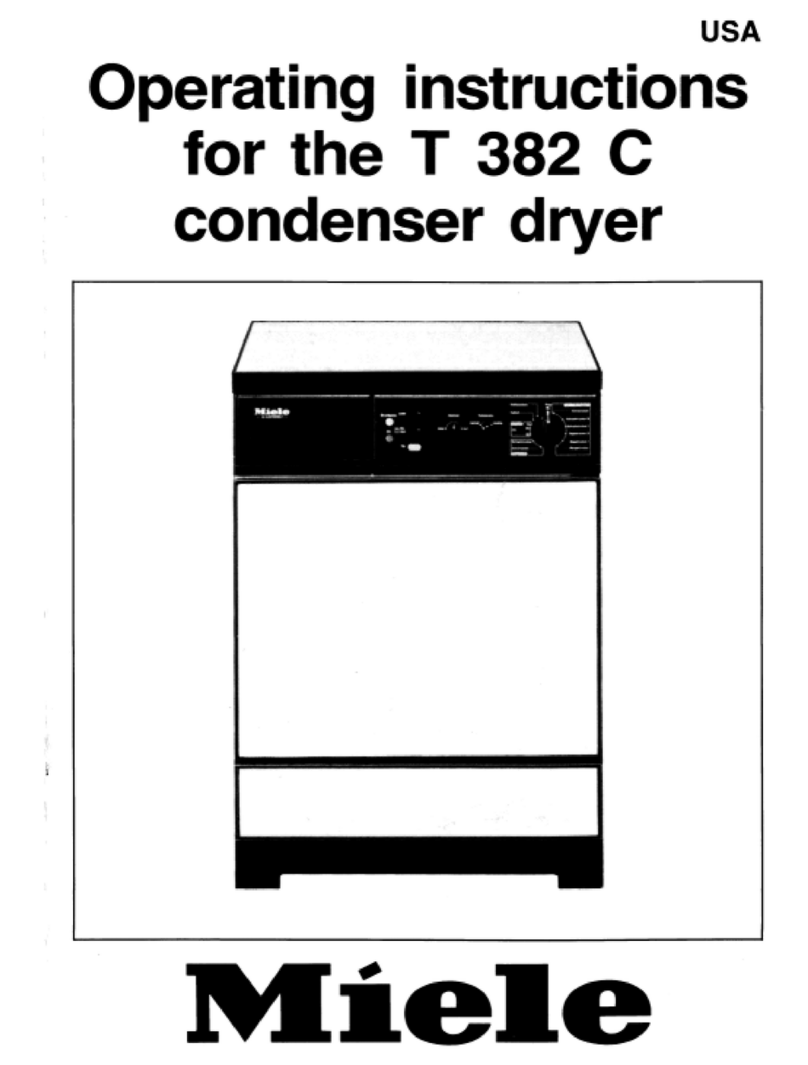
Miele
Miele T382C - User manual
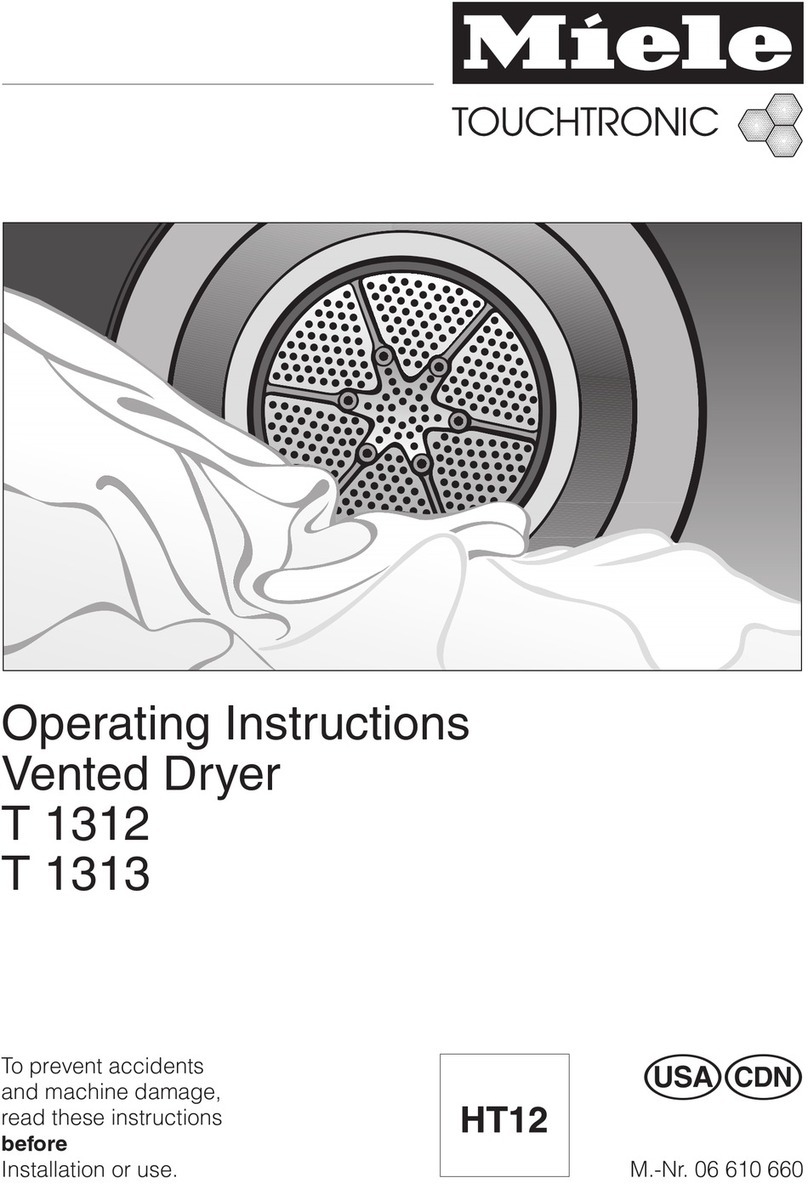
Miele
Miele TOUCHTRONIC T 1312 User manual
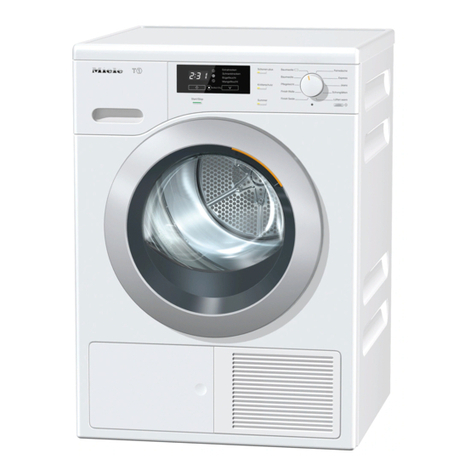
Miele
Miele TKB 440 WP User manual

Miele
Miele T 7634 User manual
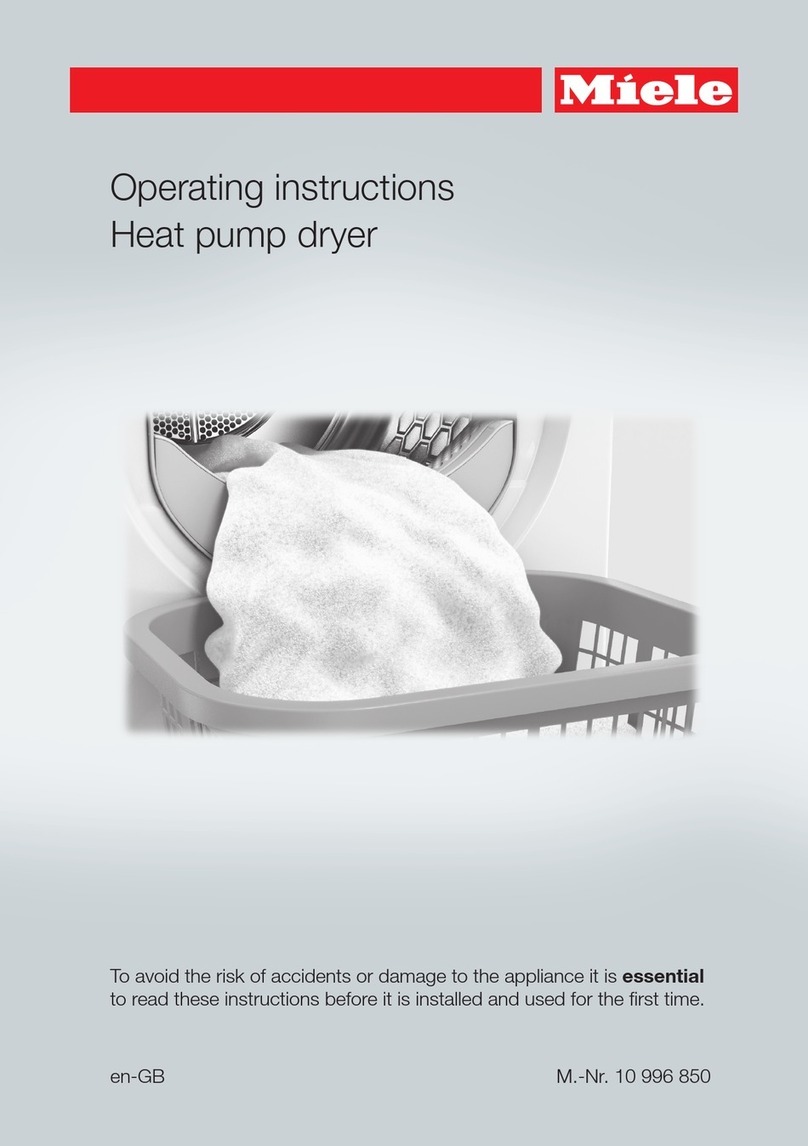
Miele
Miele TWH620WP User manual
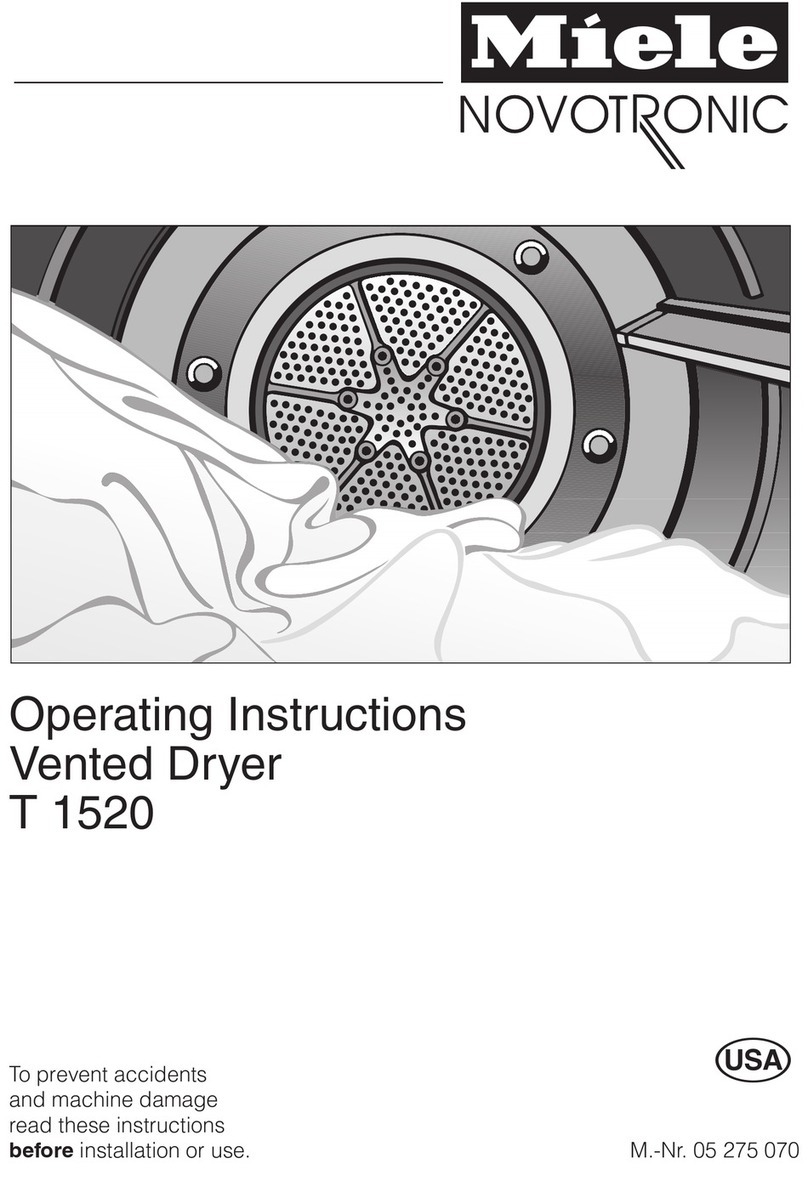
Miele
Miele T 1520 VENT ED DRYER - OPERATING User manual
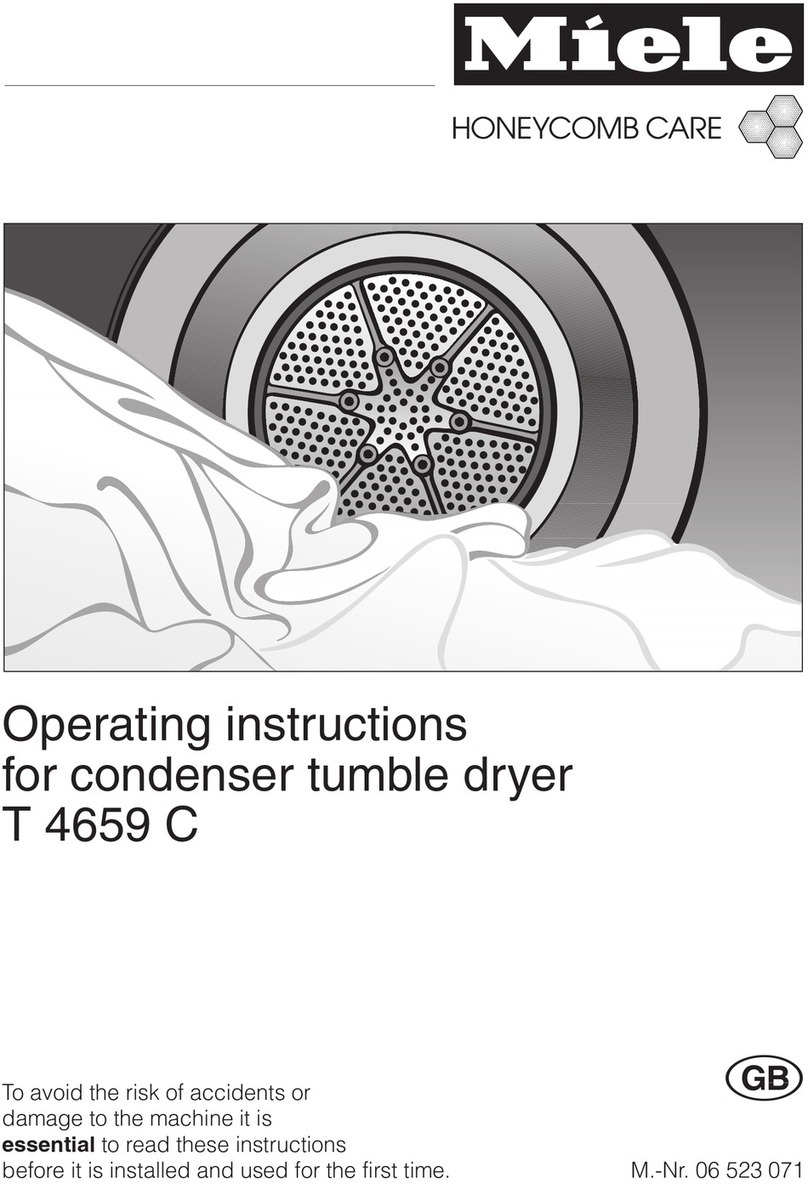
Miele
Miele T 4659 C User manual
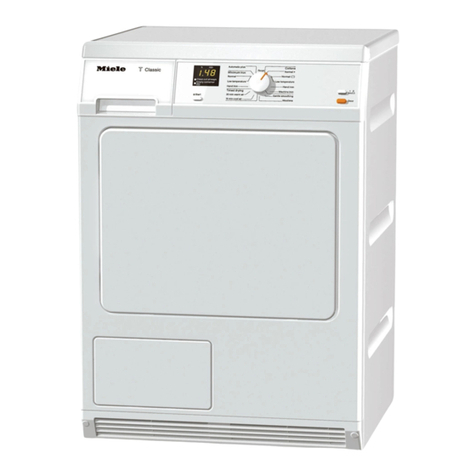
Miele
Miele TDA 150 C User manual
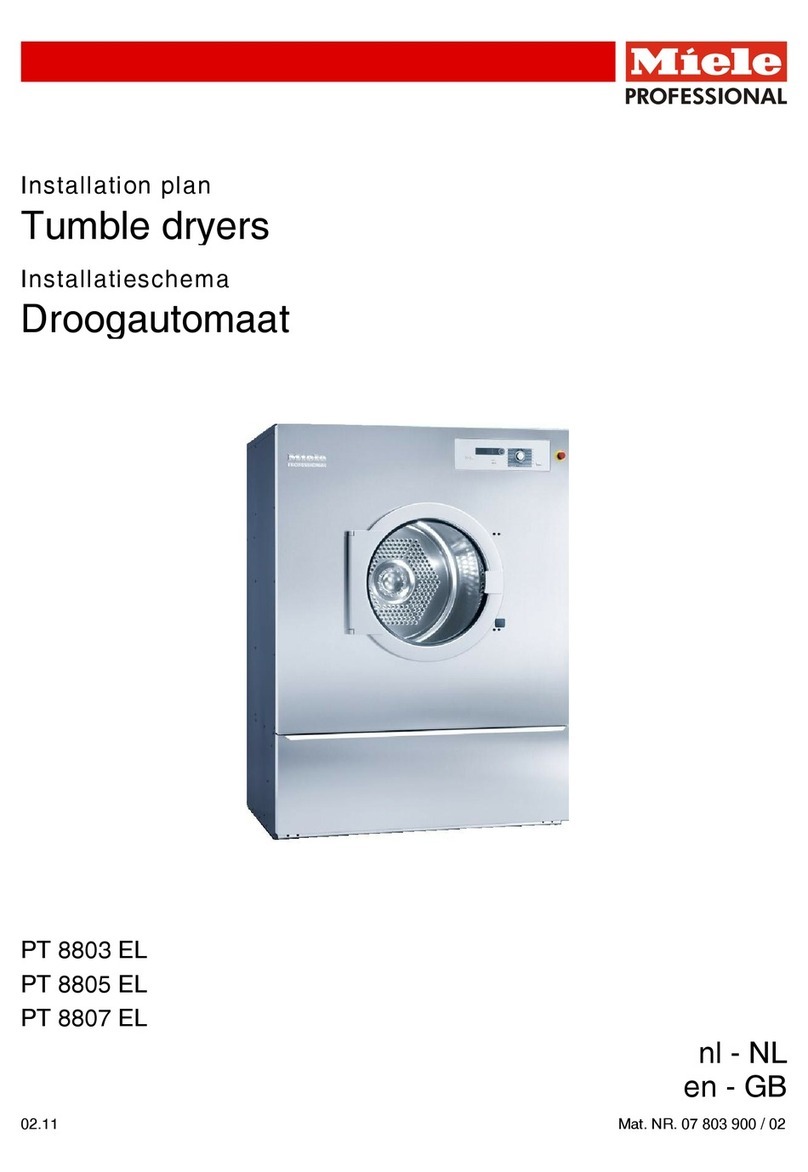
Miele
Miele PT 8803 EL User manual
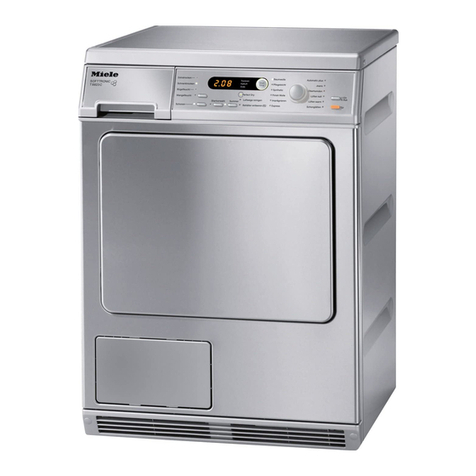
Miele
Miele T 8823 C User manual
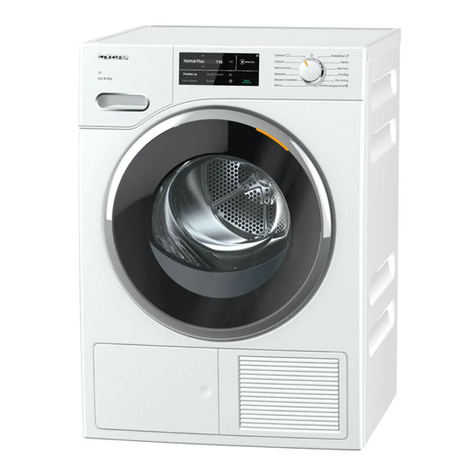
Miele
Miele TWJ 660 WP User manual
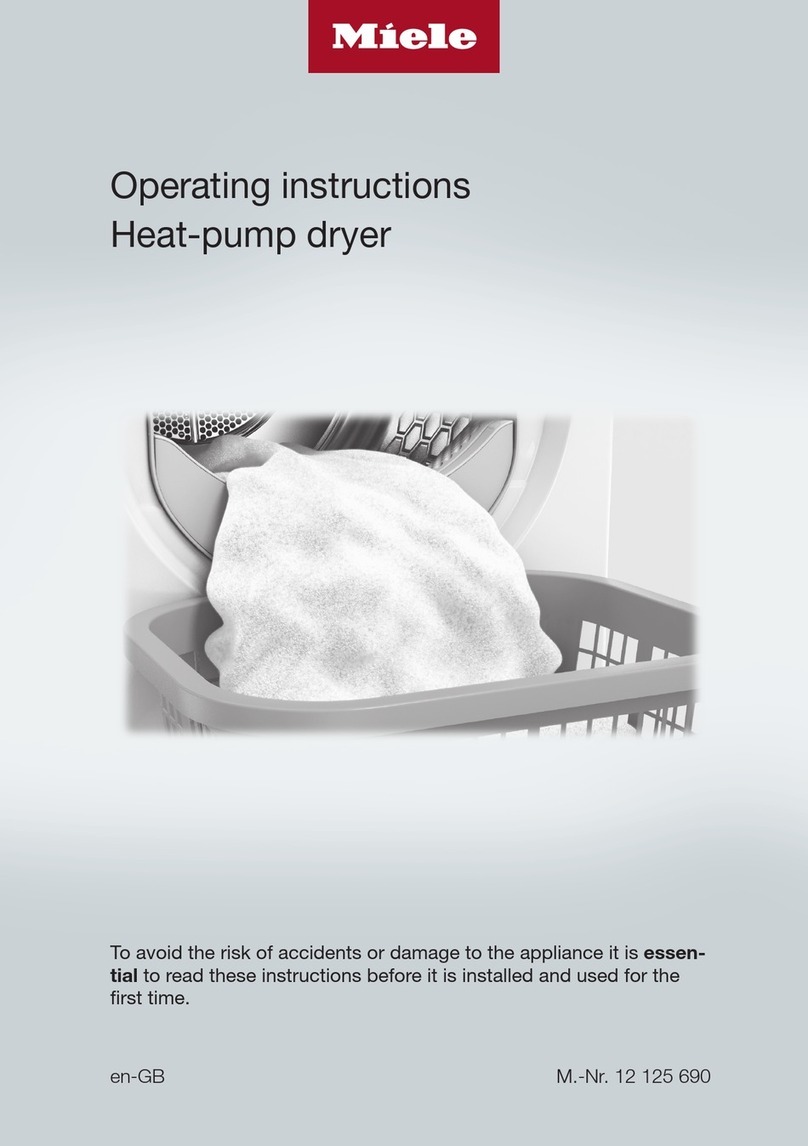
Miele
Miele TWD260WP User manual
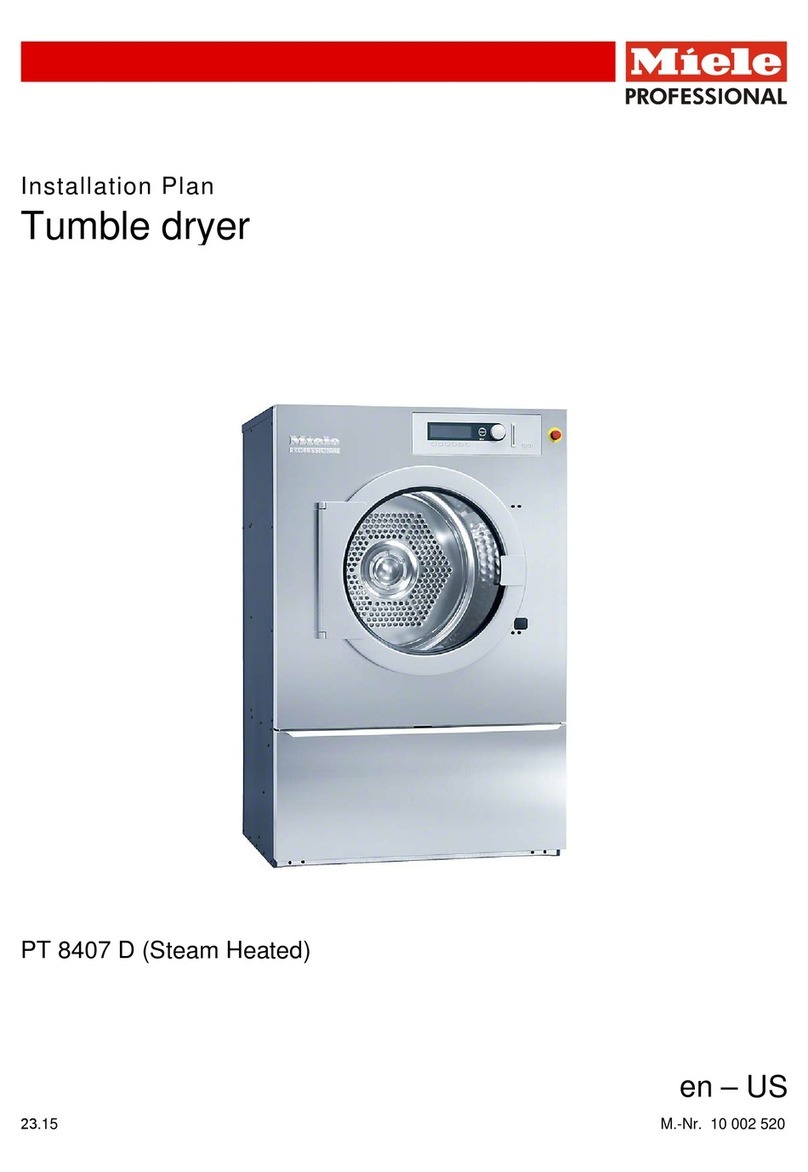
Miele
Miele PT 8407 D User manual

Miele
Miele PT 5135 C EL User manual

Miele
Miele T 4859 Ci SUPERTRONIC User manual
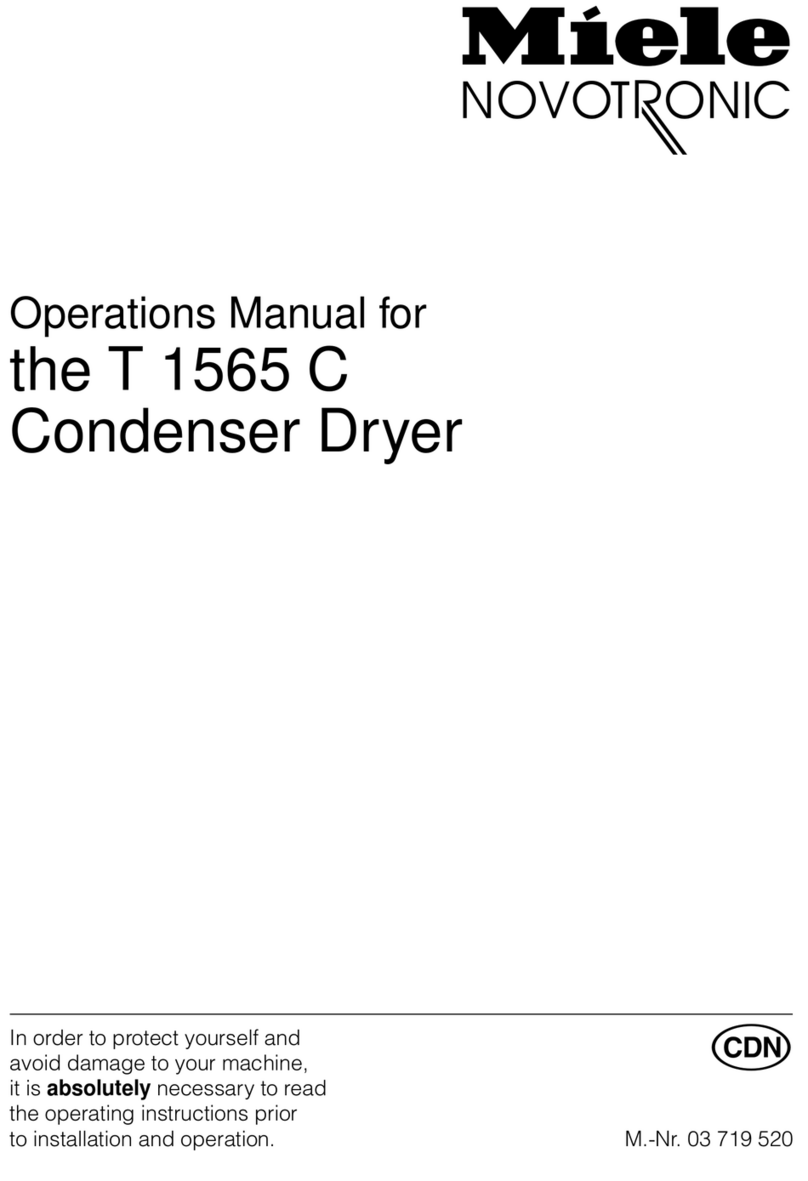
Miele
Miele Novotronic T 1565 C User manual
Popular Dryer manuals by other brands

ffuuss
ffuuss eos user manual

KitchenAid
KitchenAid 53-3498 installation instructions

Schulthess
Schulthess Spirit topLine TW 8340 operating instructions

Whirlpool
Whirlpool LGR4624BW0 parts list

World Dryer
World Dryer AirMax D M5-972A manual

Alliance Laundry Systems
Alliance Laundry Systems ADEE9BSS user guide
